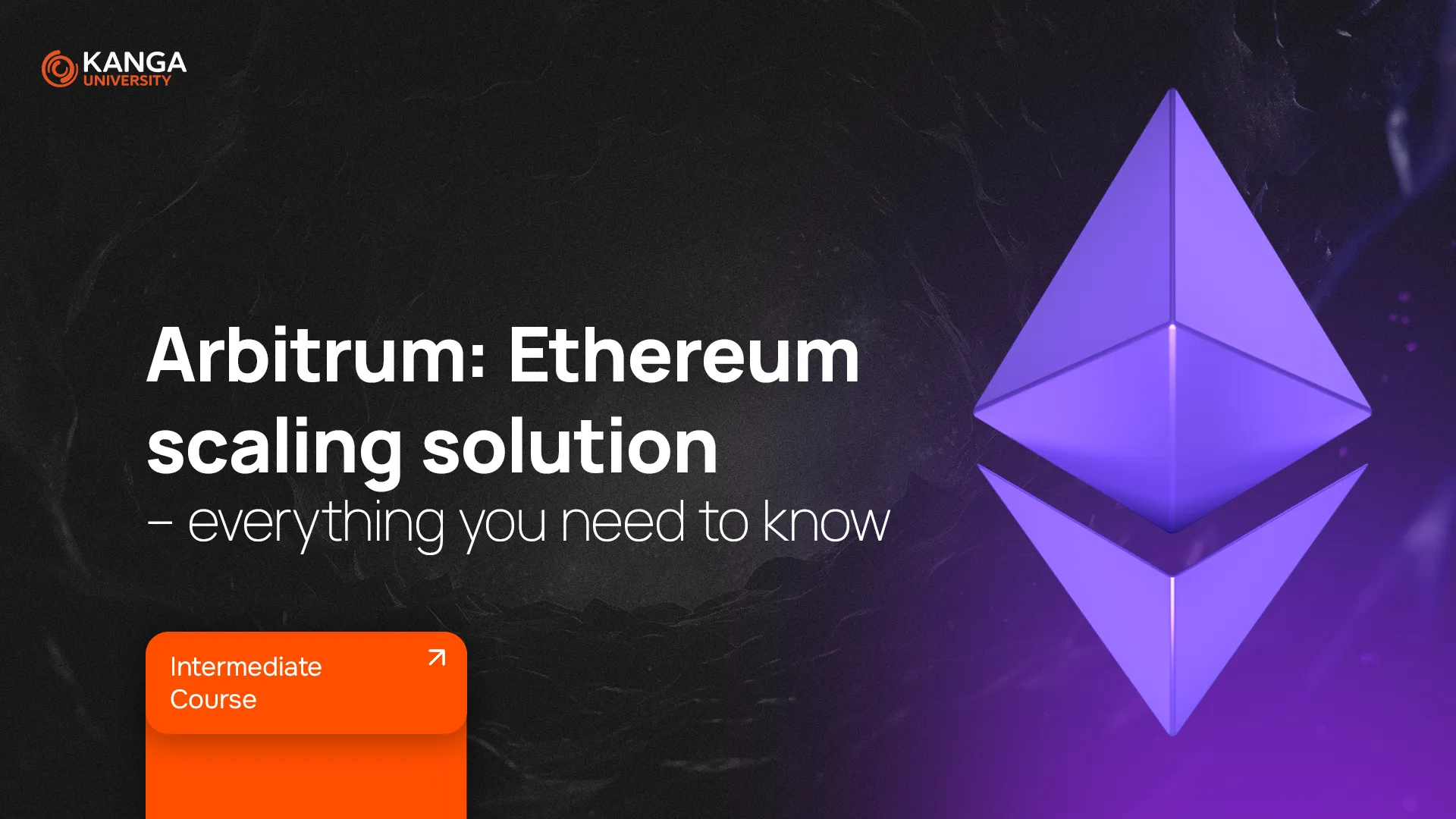
Arbitrum is a Layer 2 scaling solution designed to address congestion issues on the Ethereum network. It is a type of rollup technology, which processes transactions off the main Ethereum chain and then submits them in batches, reducing congestion and lowering transaction fees.
Developed by Offchain Labs, a New York-based company, Arbitrum aims to enhance Ethereum’s scalability, improve transaction speeds, and reduce gas costs.
History of Arbitrum
Arbitrum was founded in 2018 by Ed Felten, a Princeton professor and former White House technology advisor. The concept originated during his academic research, but he fully dedicated himself to the project after leaving his government position.
How Does Arbitrum Work?
Ethereum is the most widely used blockchain for decentralized applications (dApps). However, its popularity has led to network congestion and high transaction fees. Arbitrum helps alleviate these issues by processing transactions off-chain before submitting them to Ethereum in a compressed format.
Here is how it works:
- Transactions are first recorded on Arbitrum instead of being immediately processed on Ethereum.
- They are then grouped and compressed before being submitted in a single batch.
- This reduces the number of transactions processed on Ethereum, lowering costs and increasing efficiency.
Rollups as a Scaling Solution
Ethereum has a limited transaction processing capacity. When demand exceeds this capacity, users experience:
- Higher gas fees.
- Slower transaction confirmations.
- Reduced efficiency for DeFi and NFT applications.
To solve these problems, Ethereum developers have considered various approaches:
- Sharding – dividing the network into smaller, independent parts (still in development).
- Rollups – off-chain transaction processing solutions like Arbitrum.
Arbitrum as an Optimistic Rollup
Arbitrum uses an Optimistic Rollup, which means transactions are assumed to be valid by default. This differs from ZK-Rollups, which require cryptographic proofs for every transaction.
Why does this matter?
- Lower transaction costs – fewer computational requirements compared to ZK-Rollups.
- Less processing power needed – transactions are faster and more efficient.
- Full compatibility with Ethereum – applications running on Ethereum can integrate with Arbitrum without modifications.
How to Use Arbitrum?
There are several ways to interact with Arbitrum:
- Through DeFi applications such as Aave, 1inch, and Gnosis Safe.
- Using token bridges to transfer assets from Ethereum to Arbitrum.
- Connecting a MetaMask wallet and selecting Arbitrum as the network.
It is important to note that Arbitrum transactions still require Ethereum gas fees, but these are significantly lower than standard Ethereum transactions.
Does Arbitrum Have a Native Token?
Most Layer 2 solutions have their own tokens for governance and validator rewards.
Arbitrum currently does not have a native token.
However, in April 2022, Offchain Labs co-founder Steven Goldfeder hinted at a possible token launch in the future. No official announcement has been made yet.
The Merge and Ethereum Scalability
In late 2022, Ethereum underwent a major upgrade known as The Merge, which transitioned the network from Proof-of-Work (PoW) to Proof-of-Stake (PoS).
While this upgrade improved energy efficiency, it did not fully solve Ethereum’s scalability issues. As a result, Layer 2 solutions like Arbitrum continue to play a crucial role in scaling the network.
Future of Arbitrum
Arbitrum plans to introduce further enhancements to reduce costs and increase transaction speeds. Key upcoming developments include:
- AnyTrust Chains – a new model designed to lower operational costs.
- Sidechains – additional chains to support dApps on Arbitrum.
Summary
Layer 2 solutions like Arbitrum are becoming essential for Ethereum’s growth. They enable faster transactions, lower fees, and greater scalability, addressing key limitations of the Ethereum network.
Key Takeaways:
- Arbitrum is a Layer 2 solution that enhances Ethereum’s scalability.
- It operates as an Optimistic Rollup, making transactions faster and cheaper.
- It supports major DeFi applications such as Aave and 1inch.
- It does not yet have a native token, but this may change in the future.
- Its role will expand as Ethereum continues to develop.